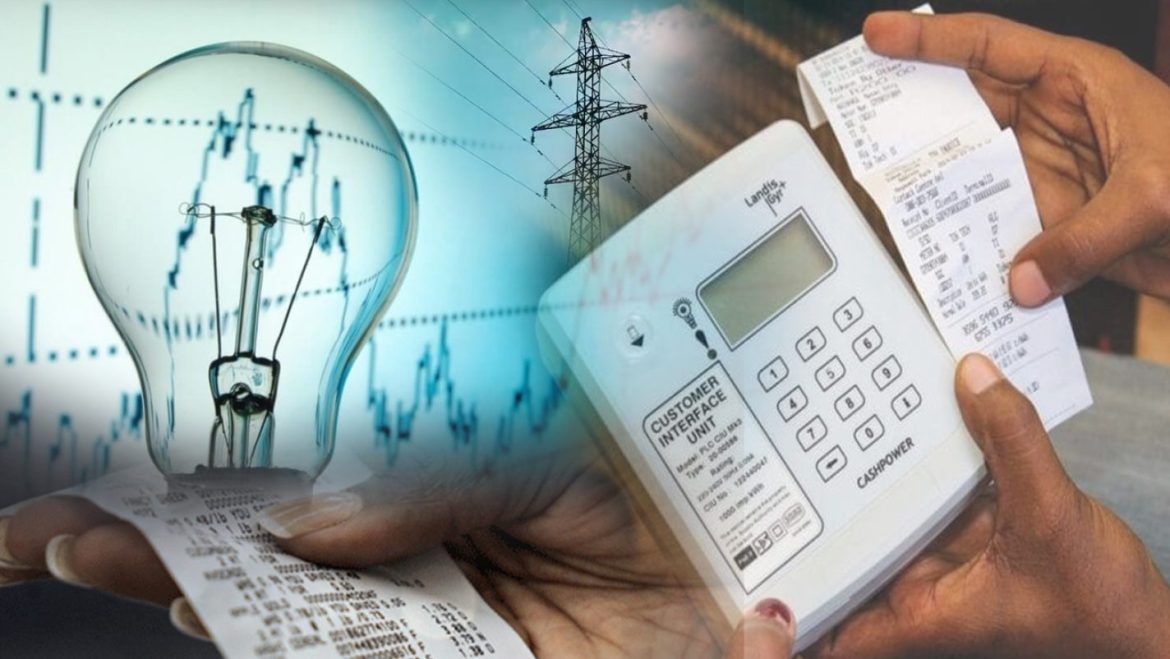The Federal Government of Nigeria has provided N471.69 billion in subsidies to support the nation’s electricity sector during the fourth quarter of 2024. This subsidy accounts for approximately 57% of the total energy generated in that period, following the decision to maintain end-user customer tariffs at the rates established in July 2024. The Nigerian Electricity Regulatory Commission (NERC) detailed these figures in its “Quarterly Report 2024.”
According to the report, the Nigerian Bulk Electricity Trading Plc (NBET) issued invoices totaling N832.66 billion to Distribution Companies (DisCos) for energy supplied in Q4 2024. However, due to the government’s subsidy intervention, the amount payable by the DisCos was reduced to N360.97 billion. This substantial financial support underscores the government’s commitment to stabilizing electricity tariffs for consumers amidst prevailing economic challenges.
In terms of revenue collection, DisCos billed customers a total of N658.40 billion during the quarter and successfully collected N509.84 billion, achieving a collection efficiency of 77.44%. This marks an improvement from the 74.55% collection efficiency recorded in the third quarter of 2024. Notably, Eko and Ikeja DisCos led in collection efficiency with 90.00% and 82.63%, respectively, while Jos DisCo reported the lowest at 49.68%.
Despite these advancements, the Aggregate Technical, Commercial, and Collection (ATC&C) losses remain a concern. The weighted average ATC&C loss across all DisCos was 35.22% in Q4 2024, translating to a revenue loss of N139.08 billion. This figure, however, represents an improvement compared to the 39.10% loss recorded in the previous quarter.
The government’s substantial financial intervention highlights the ongoing challenges within Nigeria’s electricity sector, particularly regarding cost recovery and the sustainability of subsidies. As discussions about potential tariff adjustments and subsidy reforms continue, stakeholders are closely monitoring the implications for both consumers and the broader economy.
